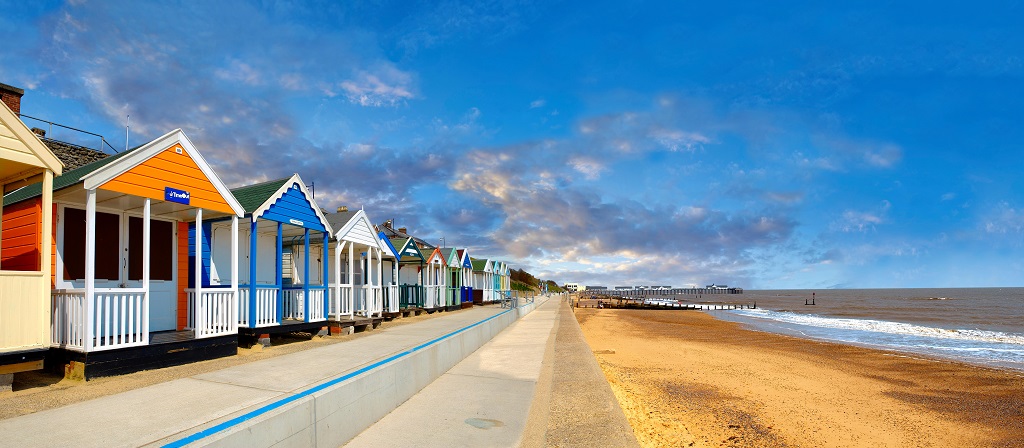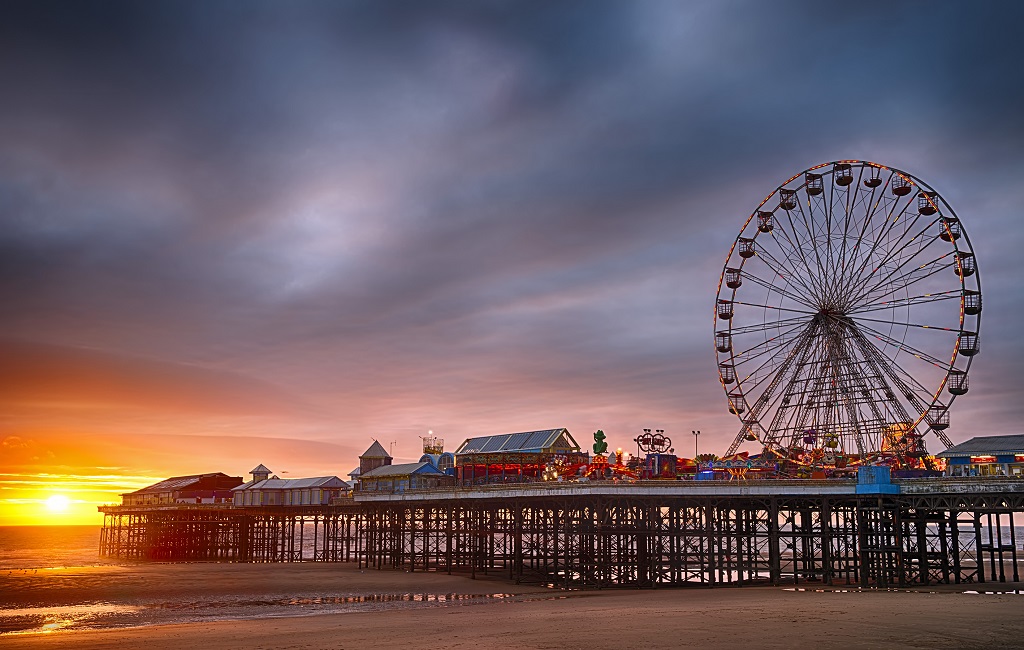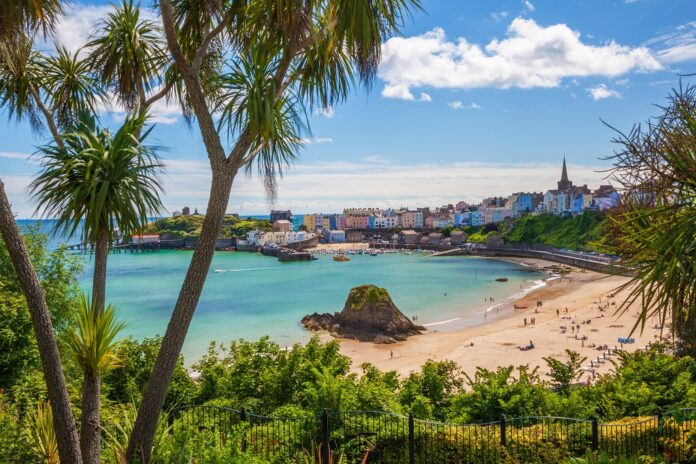Sea, sand and (sometimes) sun: the great British seaside holiday is a much-loved and always evolving tradition
Relaxing in a colourful deckchair, sand between your toes. Rock-pooling, beach-combing, swimming and surfing. The whiff of fish and chips drifting along the promenade is irresistible, and who cares if the candyfloss is sticky?
As the music hall song would have it, we “do like to be beside the seaside”; indeed a love of bathing in the briny and building sandcastles seems written into our DNA. Yet, surprisingly for an island nation, we were rather slow to embrace the leisure potential of our coast.
The great British seaside holiday only really began in the 18th century as people slowly moved from ‘taking the waters’ for their health at inland spas to the newly fashionable alternative of bathing in the sea. Scarborough on the Yorkshire coast, by virtue of already having been a mineral-spa town, styles itself Britain’s original seaside resort, but it was the Dorset town of Weymouth that reaped a notable royal seal of approval when King George III, following medical advice that a dip in the sea could help alleviate his ailments, spent 14 summers here between 1789 and 1805.

Conveyed into the water in a bathing machine (like a beach hut on wheels in which people could undress hidden from public gaze), George bravely took the plunge. “Think but of the surprise of His Majesty,” a member of the royal party recorded, “when, the first time of his bathing, he had no sooner popped his royal head under water than a band of music, concealed in a neighbouring machine, struck up ‘God save great George our King’.”
You can see a replica of the royal bathing machine on Weymouth’s esplanade, where handsome Georgian terraces and a statue to the king bear testament to the early days of the resort, still popular thanks to its wide bay and fine sands beloved of bucket-and-spade-wielding families. Perhaps the most stunning royal seaside architectural legacy, however, is to be found along the coast at Brighton, where George’s son, later George IV, was advised by physicians to try seawater treatments; he loved his stays so much he built the exotic pleasure palace that is the Royal Pavilion.
At first bathing was generally a naked activity – ‘modesty hoods’ covering the end of the bathing machine enabled users (aided by attendants called dippers) to slip into the water unseen. Later, even when people donned voluminous costumes, some places segregated the sexes onto separate beaches.
From the mid-19th century a growing railway network, combined with the Bank Holidays Act (1871, England, Wales, Ireland), put seaside resorts on the map for the day-tripping masses, who eagerly made the most of their new public holidays by leaping aboard excursions laid on by canny train operators. While the health benefits of seawater and ozone were still a draw, it was the seaside as a place of entertainment that now grabbed the imagination.

Piers sprang up and with them the carefree blend of the posh, pricy and sedate with the vulgar, cheap and racy that became a distinctive feature (and attraction) of the seaside experience. Serving as landing stages for visitors arriving by paddle steamer, piers also allowed landlubbers the novelty of ‘walking on water’ – “Here for the sum of twopence you can go out to sea and pace this vast deck without need of a basin,” the Victorian novelist William Makepeace Thackeray rejoiced of Brighton’s since-vanished Chain Pier (you can still enjoy breathtaking views from the Palace Pier as well as quite literally breathtaking funfair rides).
Not content to pocket landing dues at one end and pedestrian tolls at the other, pier operators soon lightened strollers’ pockets in between by means of food kiosks, shops and musical performers. Among the 70 or so piers built in four decades of boom from the 1860s, Teignmouth in Devon (opened 1867) stole a march with the first coin-operated ‘What the Butler Saw’ peep-show machines.






 © 2024
© 2024